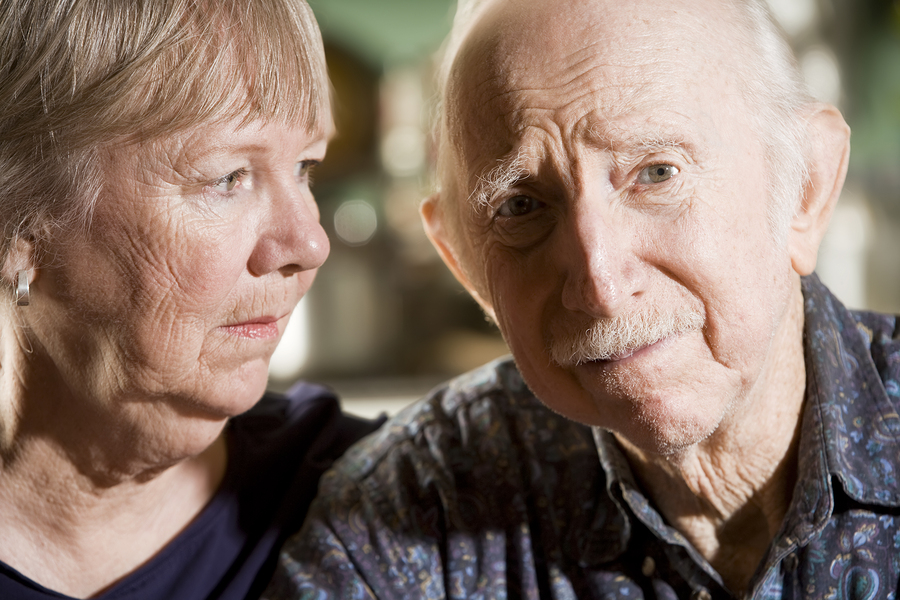Chronic Pain Causes Brains to Age More Rapidly
/By Pat Anson, PNN Editor
Poorly treated or untreated chronic pain can lead to a number of other health problems, from high blood pressure and insomnia to depression and anxiety.
Now there is evidence that chronic pain also causes brains to age more rapidly, raising the risk of developing Alzheimer’s disease and other neurological problems associated with aging.
“Our findings highlight the need to address chronic pain, not just in older individuals but in potentially everyone, as pain may have unintended consequences in the brain that we don’t yet fully understand,” said lead author Yenisel Cruz-Almeida, PhD, a researcher at the University of Florida Institute on Aging.
Over a three-year period, Cruz-Almeida and her colleagues used magnetic resonance imaging (MRI) to measure the volume of gray and white matter in the brains of 47 older adults, ages 60 to 83. The volunteers were free of neurological disorders and in generally good health, although 33 of them had some type of chronic pain.
Volunteers who did not have chronic pain had brains that appeared four years younger than their actual age.
Chronic pain sufferers had brains that appeared an average of two years older. They were also more likely to have greater pain intensity, have a “less agreeable personality” and be less emotionally stable, according to researchers.
The University of Florida produced this video on the study, which was recently published online in the journal Pain.
“Not everybody ages the same way,” said Cruz-Almeida. “I don’t want people to think, ‘Oh, I have chronic pain. I’m doomed.’ This is not the case. That is not the message we want to get out. There is more nuance than that.”
Interestingly, the volunteers who reported getting pain treatment in the last three months had younger-appearing brains compared to those that did not, suggesting that pain relief slows brain aging. Pain sufferers who had a happier outlook on life and were generally more upbeat also had younger-appearing brains.
“The pain experience is not just in your brain,” said Cruz-Almeida. “There appear to be avenues or things that could be done to change brain age.
“Our findings also suggest that both pain treatments and psychological traits may significantly mitigate the effect of pain on the aging brain and could further decrease the risk of age-related deterioration and death.”
Cruz-Almeida is planning additional research with a larger sample of older adults that will look at ways to alleviate accelerated brain aging.







